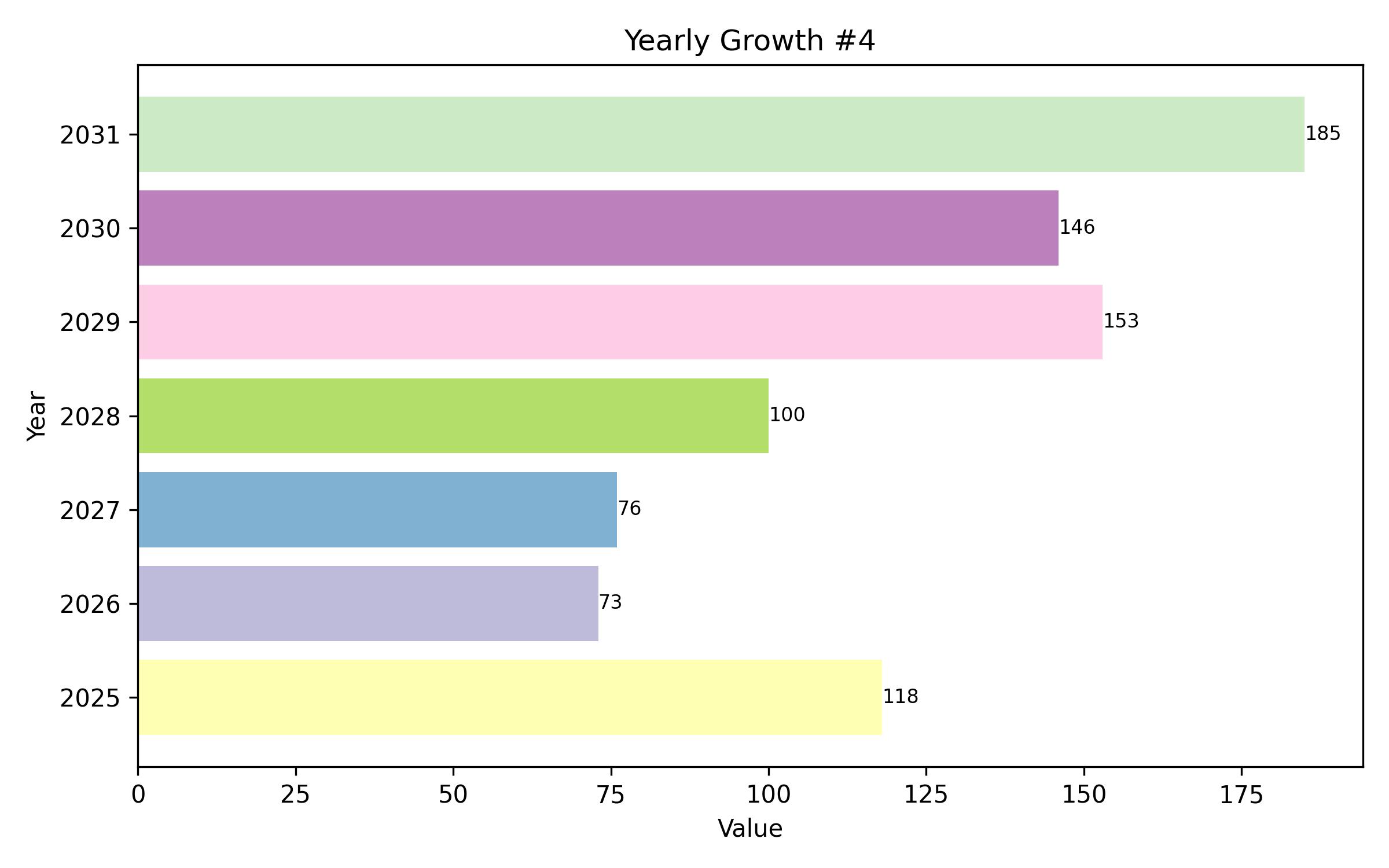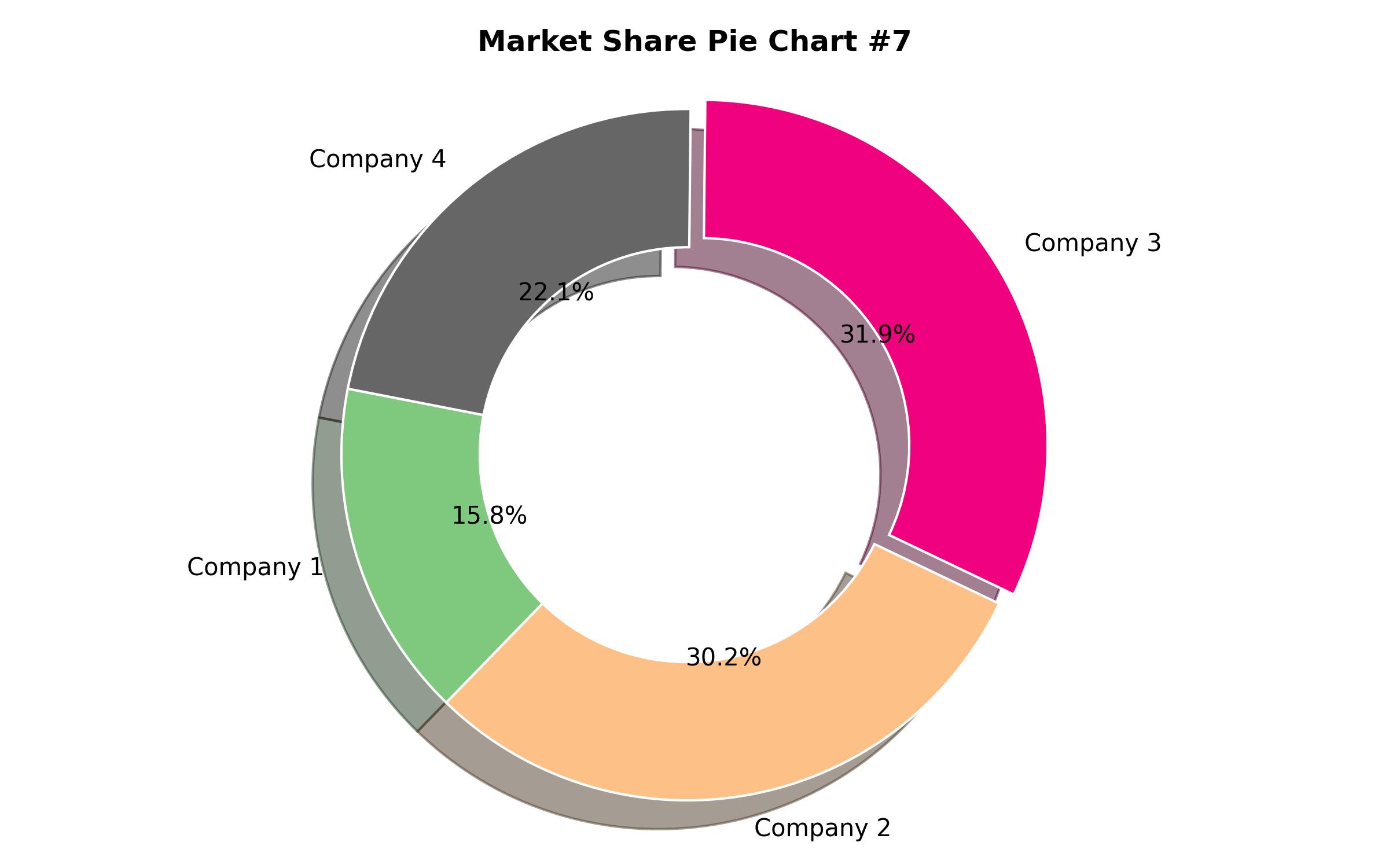Food and Grocery Retail Market: Industry Analysis and Future Expansion Projections
Overview:
The worldwide food and grocery retail market is projected to expand significantly, with its value rising from USD 12.8 trillion in 2025 to an estimated USD 17.7 trillion by 2035. This growth trajectory indicates a compound annual growth rate (CAGR) of 3.3% over the ten-year forecast period.
This market encompasses a wide variety of goods, ranging from fresh produce and packaged foods to beverages and essential household items. The industry has experienced substantial changes, influenced by major trends such as increasing urbanization, rapid technological integration, and evolving consumer demands for convenience and value.
Urbanization has particularly fueled the demand for accessible food and grocery options, leading to the proliferation of both traditional physical stores and digital grocery platforms. Modern consumers prioritize a seamless and comfortable shopping experience, whether they are browsing aisles in a supermarket or placing orders through online channels.
Technology is a crucial driver of transformation within the food and grocery retail sector. Retailers are increasingly adopting advanced tools like artificial intelligence, data analytics, and mobile applications to enhance customer interactions and streamline operational processes. These technologies enable retailers to gain deeper insights into customer behavior, facilitating more effective inventory management and targeted marketing strategies.
Mobile apps and online platforms have fundamentally altered consumer purchasing habits by offering enhanced accessibility and a broader selection of products. These digital solutions not only boost operational efficiency for businesses but also empower consumers with more choices and greater control over their grocery shopping journeys.
| Attributes | Description |
|---|---|
| Estimated Global Industry Size (2025E) | USD 12.8 Trillion |
| Projected Global Industry Value (2035F) | USD 17.7 Trillion |
| Value-based CAGR (2025 to 2035) | 3.3% |
The food and grocery retail market is characterized by intense competition, involving both large international corporations and smaller local enterprises. Global entities leverage their extensive product ranges and competitive pricing structures to maintain dominant positions. Simultaneously, regional and local stores play vital roles by addressing localized consumer needs and often featuring specialized product selections.
A growing emphasis on sustainability and ethical sourcing is reshaping the market. Consumers are increasingly conscious of the environmental and social impacts of their purchases, prompting retailers to implement more environmentally friendly practices. These include efforts to reduce plastic waste, prioritize local sourcing, and promote organic and fairly traded goods, reflecting shifting consumer values and the imperative for responsible business practices.
Key trends influencing the market include a rising consumer demand for environmentally friendly products and sustainable retail practices. Additionally, the adoption of self-checkout and autonomous payment systems is becoming widespread in retail environments, enhancing efficiency for both customers and businesses. Furthermore, automation, robotics, and smart technologies are significantly optimizing supply chain management and in-store operations, leading to greater productivity and reduced errors.
Comparing the historical period (2020-2024), the market experienced a CAGR of 3.1%. The projected growth rate of 3.3% for the forecast period (2025-2035) indicates a slight acceleration in market expansion. The market has evolved dramatically from small local shops to the dominance of large supermarkets and the subsequent rise of e-commerce, continually adapting to consumer preferences and technological advancements.
Market concentration varies across different tiers of players. Tier 1 consists of major global retailers with significant market share. Tier 2 includes large regional and national chains with strong presence in specific areas. Tier 3 comprises numerous smaller local businesses serving specific communities.
Frequently Asked Questions
At what rate will the industry grow?
The market is expected to grow at a CAGR of 3.3% throughout the forecast period.
What is the expected value of the industry by 2035?
By 2035, the sales value is expected to be worth USD 17.7 Trillion.
Which region accounts for the highest consumption?
North America region is expected to dominate global consumption.
Who are the key players in manufacturing?
Walmart, Costco Wholesale Corp., 7-ELEVEN, Inc., Amazon.com Inc., The Kroger Co., Target Brands, Inc., ALDIAEON Co Ltd, Carrefour CA, Schwarz Gruppe.

| Report Attribute | Details |
|---|---|
| Market Size in 2025 | USD 12.8 Trillion |
| Revenue Forecast for 2035 | USD 17.7 Trillion |
| Growth Rate (CAGR) | 3.3% from 2025 to 2035 |
| Base Year for Estimation | 2024 |
| Historical Data | 2020 – 2024 |
| Forecast Period | 2025 – 2035 |
| Quantitative Units | Revenue in USD Billion/Trillion and CAGR from 2025 to 2035 |
| Report Coverage | Revenue forecast, company market share, competitive landscape, growth factors, and trends |
| Covered Segments | Product Type, Distribution Channel, Region |
| Regional Scope | North America, Europe, Asia Pacific, Latin America, MEA |
| Country Scope | U.S., Canada, Mexico, Germany, U.K., France, India, China, Japan, Brazil, UAE, South Africa |
| Key Companies Analyzed | Walmart, Costco Wholesale Corp., 7-ELEVEN, Inc., Amazon.com Inc., The Kroger Co., Target Brands, Inc., ALDIAEON Co Ltd, Carrefour CA, Schwarz Gruppe |
| Customization Options | Free report customization (up to 8 analysts working days) with purchase. Changes to country, regional, and segment scope |
| Pricing and Purchase Options | Customizable purchase options for tailored research needs |

Report Coverage & Deliverables
- Market Trends And Dynamics
- Competitve Benchmarking
- Historical data and forecasts
- Value/Volume analysis
- Company revenue shares and key strategies
- Regional opportunities
This is an indicative segmentation. Please request a sample report to see detail segmentation of this market.
Detailed Market Segmentation
-
By Product Type
- Fresh Food
- Packaged Food
- Beverages
- Household Essentials
-
By Distribution Channel
- Supermarkets
- Hypermarkets
- Convenience Stores
- Specialty Stores
- Online Retail
-
By Region
- North America (U.S., Canada, Mexico)
- Europe (Germany, U.K., France, Italy, Spain)
- Asia-Pacific (China, India, Japan, Australia, South Korea)
- Latin America (Brazil, Argentina, Colombia)
- Middle East & Africa (MEA) (UAE, Saudi Arabia, South Africa)
Table of Content
- Executive Summary
- Market Overview
- Key Market Trends
- Key Success Factors
- Market Demand Analysis 2020 to 2024 and Forecast, 2025 to 2035
- Market – Pricing Analysis
- Market Demand (in Value or Size in USD Trillion) Analysis 2020 to 2024 and Forecast, 2025 to 2035
- Market Background
- Market Analysis 2020 to 2024 and Forecast 2025 to 2035, By Product Type
- Fresh Food
- Packaged Food
- Beverages
- Household Essentials
- Market Analysis 2020 to 2024 and Forecast 2025 to 2035, By Distribution Channel
- Supermarkets
- Hypermarkets
- Convenience Stores
- Specialty Stores
- Online Retail
- Market Analysis 2020 to 2024 and Forecast 2025 to 2035, By Region
- North America
- Europe
- Asia-Pacific
- Latin America
- Middle East & Africa (MEA)
- North America Market Analysis 2020 to 2024 and Forecast 2025 to 2035
- Europe Market Analysis 2020 to 2024 and Forecast 2025 to 2035
- Asia-Pacific Market Analysis 2020 to 2024 and Forecast 2025 to 2035
- Latin America Market Analysis 2020 to 2024 and Forecast 2025 to 2035
- Middle East & Africa Market Analysis 2020 to 2024 and Forecast 2025 to 2035
- Country-wise Insights
- Market Structure Analysis
- Competition Analysis
- Leading Manufacturers
- Assumptions and Acronyms Used
- Research Methodology
